Archives
- 2025-10
- 2025-09
- 2025-03
- 2025-02
- 2025-01
- 2024-12
- 2024-11
- 2024-10
- 2024-09
- 2024-08
- 2024-07
- 2024-06
- 2024-05
- 2024-04
- 2024-03
- 2024-02
- 2024-01
- 2023-12
- 2023-11
- 2023-10
- 2023-09
- 2023-08
- 2023-07
- 2023-06
- 2023-05
- 2023-04
- 2023-03
- 2023-02
- 2023-01
- 2022-12
- 2022-11
- 2022-10
- 2022-09
- 2022-08
- 2022-07
- 2022-06
- 2022-05
- 2022-04
- 2022-03
- 2022-02
- 2022-01
- 2021-12
- 2021-11
- 2021-10
- 2021-09
- 2021-08
- 2021-07
- 2021-06
- 2021-05
- 2021-04
- 2021-03
- 2021-02
- 2021-01
- 2020-12
- 2020-11
- 2020-10
- 2020-09
- 2020-08
- 2020-07
- 2020-06
- 2020-05
- 2020-04
- 2020-03
- 2020-02
- 2020-01
- 2019-12
- 2019-11
- 2019-10
- 2019-09
- 2019-08
- 2019-07
- 2018-07
-
Analysis of Table shows that compound b
2020-12-01
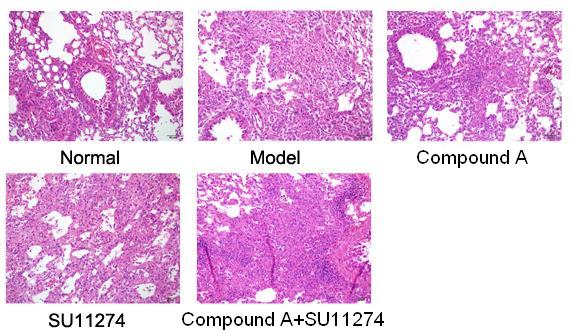
Analysis of Table 1 shows that compound 7b, in which the biphenyl scaffold does not bear any substituent, displays its inhibitory potency in the micromolar range (IC50 = 11 μM). If the amide bridge is moved from position 1 to 3 of the biphenyl system, product 7c is yielded, whose potency is about 4
-
In order to derive a
2020-12-01
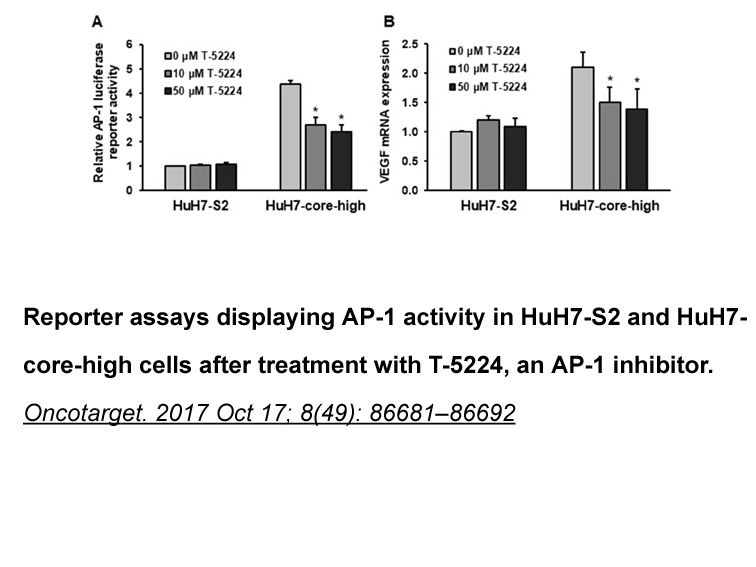
In order to derive a better understanding of the results from our SAR study, we utilized Glide to model the binding of the SAR compounds with the non-active site pocket of TS-DHFR shown in C. The majority of models position the phenolic moiety of these compounds within the non-active site pocket, wh
-
br Future directions The proposed
2020-12-01

Future directions The proposed membrane topology model of DGAT1 has only three TMDs, with the N-terminus oriented toward the cytosol and the C-terminus in the ER lumen. The catalytic activity is exclusively on the luminal side of the ER membrane. The second and third TM domains are only about 10
-
br NADH and NADPH Turnover
2020-12-01

NADH and NADPH Turnover and the Putative Role of Alternative NAD(P)H Dehydrogenases Still very little is known about the metabolic function of external and internal alternative NADH:UQ oxidoreductases, and almost nothing is known about the mechanisms underlying their metabolic regulation, especia
-
Indeed a significant difference was observed for the
2020-12-01

Indeed, a significant difference was observed for the binding of glycated α-synuclein. Thus, g-α-synuclein bound to other part of GAPDH in 4 of 10 simulations (Fig. 2F, brown, yellow and dark-green chains, and Fig. 2G, brown chain). This additional binding site is located on the interface between O
-
We found that both DDR and DDR ECD increased
2020-12-01
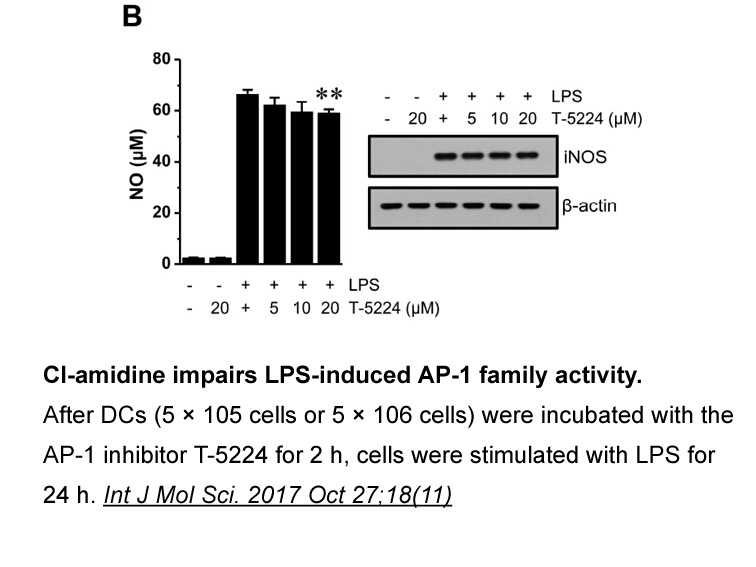
We found that both DDR1 and DDR2 ECD increased matrix mineralization as compared to native cells, with the effect of DDR2 ECD being more prominent. Both soluble (DDR2/ECD) and membrane-bound DDR2 ECD (DDR2/-KD), when compared to wild-type cells, induced larger mineral deposits. In this regard, a rec
-
There exists a glucose residue in
2020-12-01
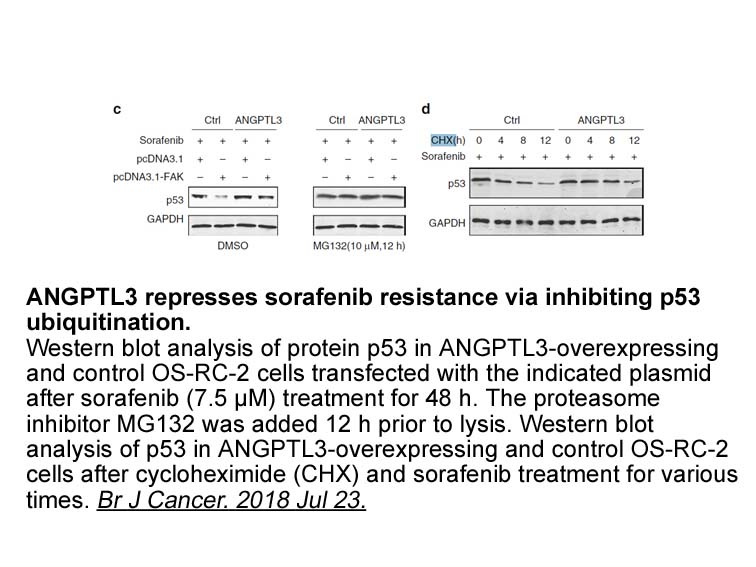
There exists a glucose residue in the structure of 5. Acid hydrolysis (Supplementary data) followed by TLC comparison with the reference compound as well as GC–MS analysis (l-cysteine methyl ester hydrochloride derivative: tR=22.22min for glucose residue of 5 and 22.46min for the reference compound)
-
IC-87114 The three dimensional crystal structure of Ca
2020-12-01
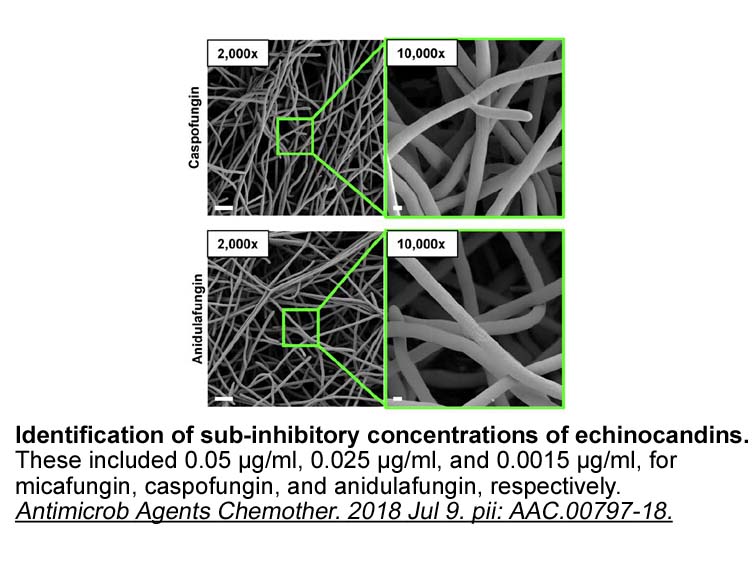
The three-dimensional crystal structure of Ca2+ loaded CaM reveals a dumbbell-shaped molecule with two roughly globular lobes, the N- and C-terminal lobes linked by a long solvent-exposed helix, which has been shown by NMR to be non-helical in its central part and flexible in solution [13]. Each glo
-
Acknowledgments br Introduction Various researches have been
2020-12-01
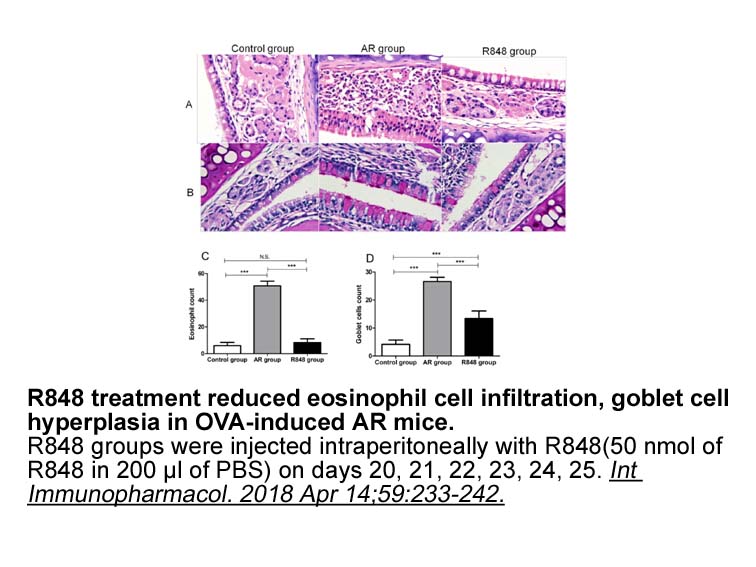
Acknowledgments Introduction Various researches have been made in the field of the treatment of cancer and inflammatory diseases. Different mechanisms are involved in the progression of cellular damage that gives an idea about new drug targets. There are always some efforts to improve efficacy,
-
LY-411575 Since we found that the
2020-12-01
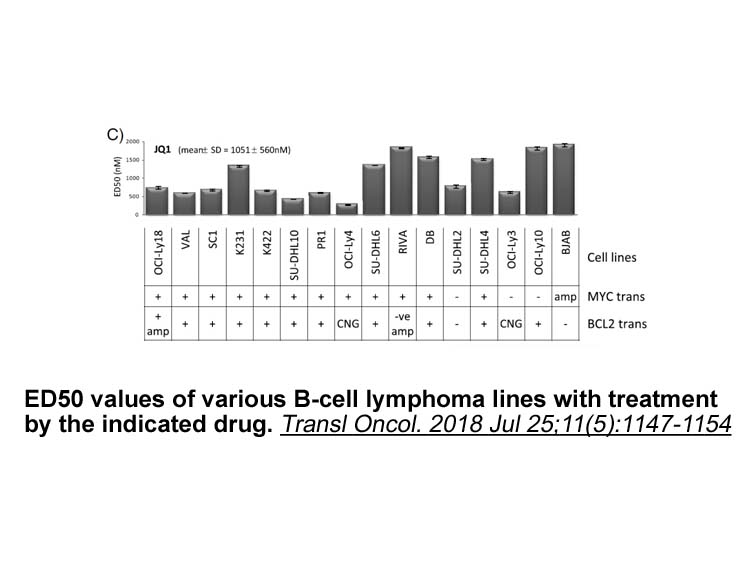
Since we found that the pharmacokinetic properties of KPT-185 were unsuitable when given subcutaneously or orally, it is not a candidate for in vivo therapy for NHL. However, the pharmacokinetic properties of KPT-276, a CRM1-inhibiting SINE structurally related to and with functional activities simi
-
br Material and methods br Results br Discussion
2020-12-01
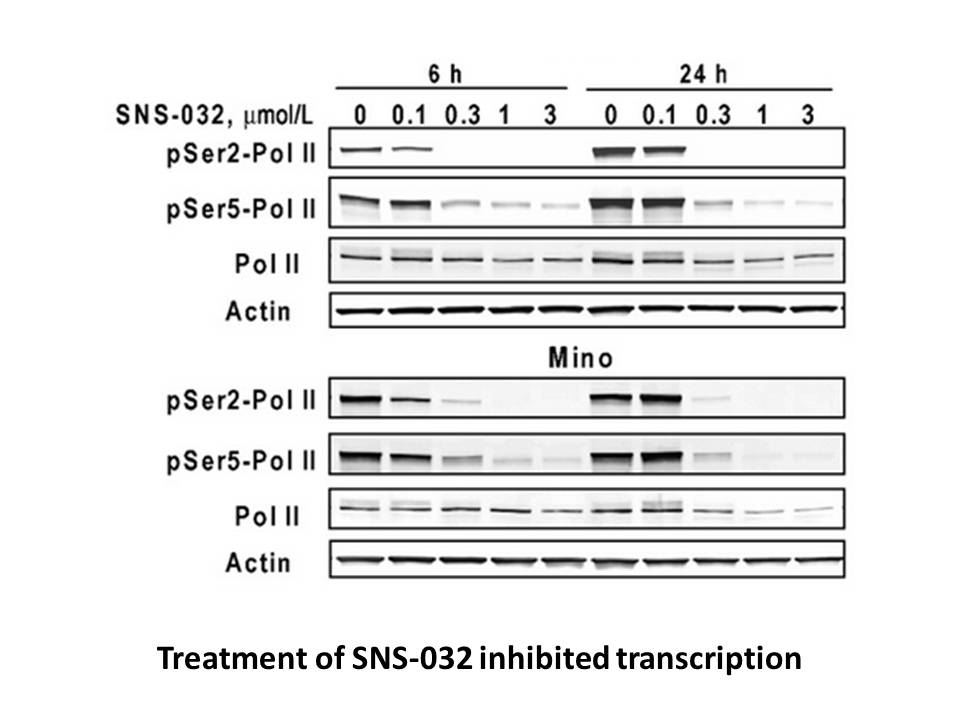
Material and methods Results Discussion Conclusions To conclude, although CPT2 and CPT1 must have co-evolved to establish the carnitine shuttling, these enzymes are the most distantly related carnitine transferases, split early in evolution, during which a switch occurred in their locati
-
Stable isotope studies applied to skeletal remains
2020-12-01
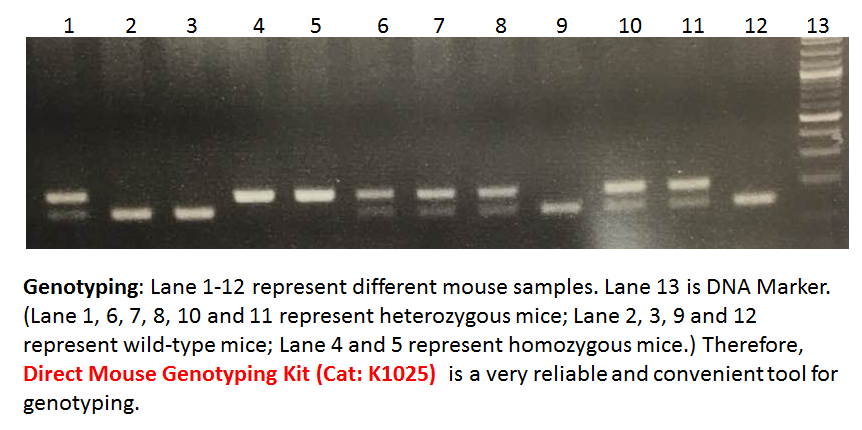
Stable isotope studies, applied to skeletal remains of early Pacific populations, have shown a trend toward a horticultural diet with temporal variation in response to local environmental conditions (Field et al., 2009; Kinaston and Buckley, 2013; Valentin et al., 2010, Valentin et al., 2014; Kinast
-
This letter reports an ab initio
2020-12-01
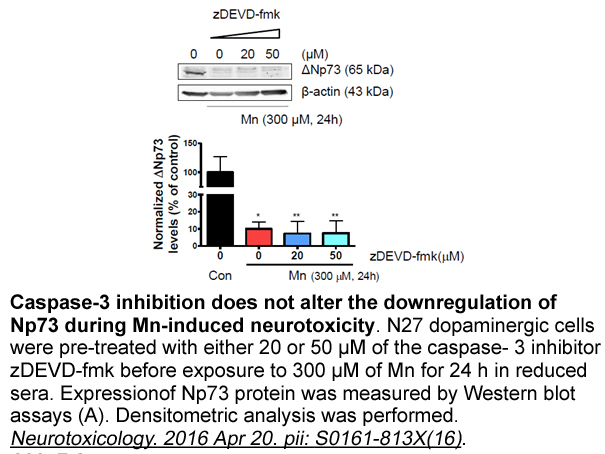
This letter reports an ab initio study on the X peaks of PES by including the SO effect. The multiplet split energies are calculated with the SO-MCQDPT2 method [21], and the so-called pole strengths are evaluated to simulate the relative intensities. The results are compared with the experimental PE
-
As mentioned previously dopamine plays a crucial role in red
2020-12-01
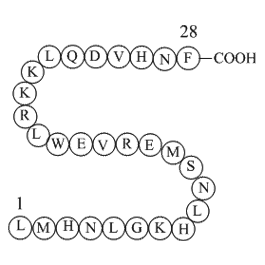
As mentioned previously, dopamine plays a crucial role in reducing prefrontal cortical suppression to the amygdala (Rosenkranz and Grace, 2001) and prefrontal cortex mediated amygdala supression has recently been associated with vagal regulation of HRV (Sakaki et al., 2016). In addition, evidence ha
-
Exon encodes a section of the extracellular ligand binding d
2020-11-30
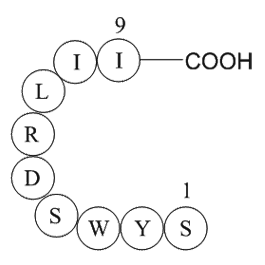
Exon 3 encodes a section of the extracellular ligand-binding domain and two variants in the 5′ region were first identified in Drosophila melanogaster (Semenov and Pak, 1999). These variants were initially termed modules 1 and 2 and correspond to exons 3a and 3b, respectively. To date, exon 3 altern
15245 records 774/1017 page Previous Next First page 上5页 771772773774775 下5页 Last page